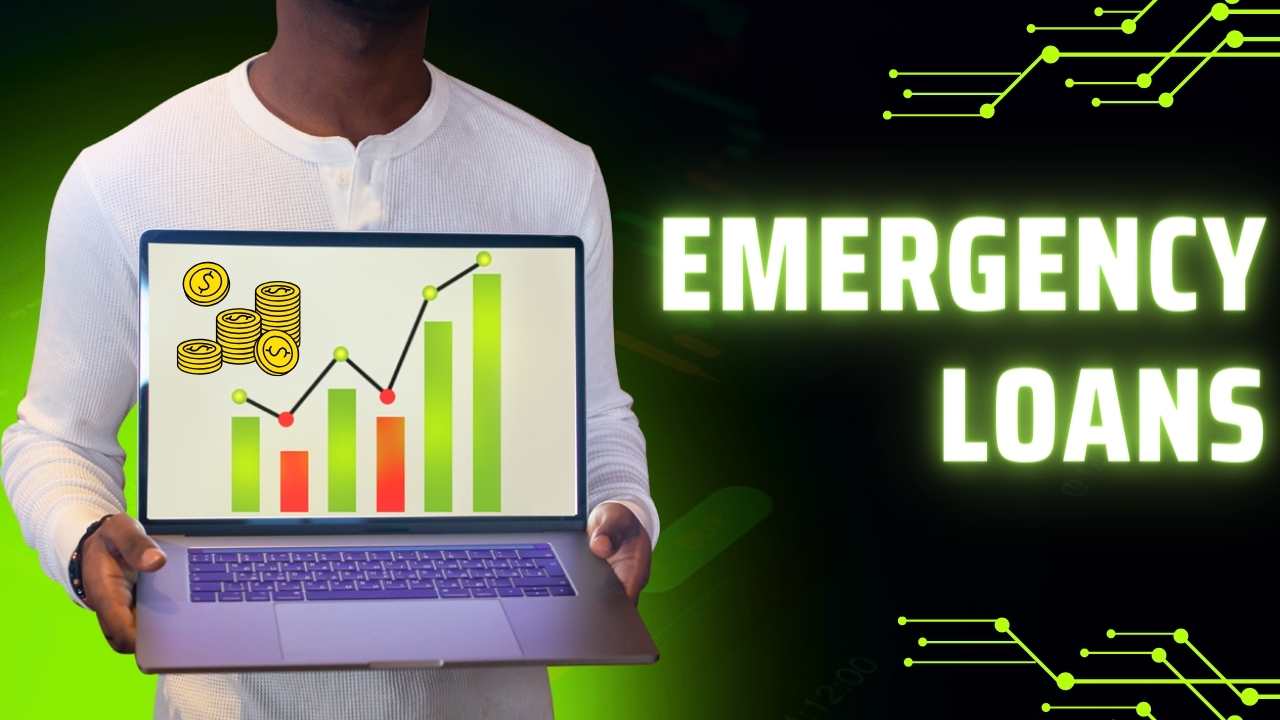
Emergency Loans: Your Financial Safety Net Unveiled
Life is unpredictable, and unexpected financial challenges can arise when you least expect them. Whether it’s a sudden medical expense, car repair, or another urgent need, having access to a financial safety net is crucial. Emergency loans can serve as a lifeline during times of unforeseen expenses, providing the funds you need to navigate challenging situations. In this comprehensive guide, we’ll unveil the world of emergency loans, exploring their types, considerations, and how to use them responsibly.
Understanding Emergency Loans:
- Definition:
- Emergency loans are a type of short-term borrowing designed to address immediate and unforeseen financial needs. These loans offer quick access to funds, helping individuals cover urgent expenses when savings or other resources may not be sufficient.
- Types of Emergency Loans:
- Personal Loans:
- Unsecured personal loans can be used for various purposes, including emergencies. They typically have fixed interest rates and repayment terms.
- Payday Loans:
- Payday loans are short-term loans designed to be repaid on the borrower’s next payday. They are known for their quick approval but often come with high-interest rates.
- Credit Card Cash Advances:
- Credit cardholders can use their cards to obtain cash advances. While convenient, this option may have higher interest rates and fees than regular credit card transactions.
- Emergency Fund:
- While not a traditional loan, having an emergency fund is a proactive way to handle unexpected expenses without relying on external borrowing.
- Personal Loans:

Considerations Before Taking an Emergency Loan:
- Assess the Urgency:
- Before taking out an emergency loan, assess the urgency of the situation. Reserve these loans for genuine emergencies rather than discretionary expenses.
- Review Your Finances:
- Take a close look at your financial situation, including income, expenses, and existing debt. Ensure that you can comfortably repay the loan without compromising your financial stability.
- Explore Alternatives:
- Consider alternative options, such as negotiating payment plans with creditors, seeking assistance from friends or family, or utilizing available community resources.
- Check Your Credit Score:
- Your credit score may impact the interest rates and terms you qualify for. If you have good credit, you may be eligible for more favorable loan terms.
Using Emergency Loans Responsibly:
- Borrow Only What You Need:
- While it might be tempting to borrow more than necessary, only take out the amount needed to cover the emergency expense. This helps minimize the overall cost of the loan.
- Understand the Terms:
- Thoroughly read and understand the terms and conditions of the loan, including interest rates, fees, and repayment terms. Be aware of any penalties for early repayment.
- Have a Repayment Plan:
- Before accepting an emergency loan, have a clear repayment plan. Understand how the loan will impact your budget and ensure you can meet the repayment obligations.
- Avoid a Debt Cycle:
- Pay off the emergency loan as quickly as possible to avoid falling into a cycle of debt. Continuous reliance on short-term loans can lead to financial strain.
Emergency Loans vs. Building an Emergency Fund:
- Pros of Emergency Loans:
- Quick access to funds when needed urgently.
- No requirement for a pre-existing savings account.
- Cons of Emergency Loans:
- Interest and fees may increase the overall cost of the loan.
- Repayment is required, adding an additional financial obligation.
- Pros of Building an Emergency Fund:
- Financial independence in handling emergencies.
- No reliance on external borrowing, reducing the cost of accessing funds.
- Cons of Building an Emergency Fund:
- Requires time and disciplined savings habits.
- Not suitable for addressing immediate emergencies if the fund is not yet established.
Conclusion:
Emergency loans can be a valuable financial tool when used judiciously during unexpected situations. However, they should be approached with caution, and borrowers must be diligent in understanding the terms and implications of the loan. Building and maintaining an emergency fund remains the ideal long-term solution for handling unforeseen expenses, providing a safety net that doesn’t involve interest payments or additional debt.
In the end, the key lies in striking a balance between immediate financial needs and long-term financial planning. Whether opting for an emergency loan or focusing on building an emergency fund, the goal is to create a financial safety net that ensures stability and resilience in the face of life’s unpredictable challenges.
